“I don’t know what to tell you Doc, but I’ve noticed that after that last adjustment I’ve been able to hold it longer and I don’t feel like I have pee every 15 minutes!”
Very few people would consider chiropractic care for bladder issues, but they might want to because there is a strong neurological connection between the bladder and a certain part of the spine.
Your ability to pee when you want to and how much you want to is an interplay between your voluntary nervous system (the stuff you can control) and your involuntary nervous system (the stuff you can’t control). The half of your nervous system that you can’t control is called your autonomic nervous system – and bladder issues like feeling you have to pee all the time are caused by a breakdown in that system.
Without question, the part of the spine that has the biggest influence on the autonomic nervous system is the upper neck area, specifically the top two bones just below the head – atlas and axis, or C1 and C2. That part of the spine has a strong and direct relationship with the autonomic nervous system. When the bones in the upper neck are out stuck and not moving properly it causes something called dysafferentation – which is a fancy way of saying it messes up the nerve signals the autonomic nervous system relies on to work normally.
There are chiropractors that specialize in the upper neck area – they’re called upper cervical chiropractors. They use tests, exams, and x-rays to figure out if there is a problem in the autonomic nervous system and whether or not it’s related to a problem in the upper neck.
Most chiropractors use their hands to feel the spine to feel for problems in the spine and will adjust anywhere they feel something is stuck or out of alignment. But the top two bones in the neck are so small and move so differently than the rest of the bones in the spine that upper cervical chiropractors need to take pictures of the bones with x-rays to get see if something is stuck. And not only that, upper cervical chiropractors use a medical device to measure the activity of the autonomic nervous system so they know when to make an adjustment and when to let the patient rest and continue to heal.
The medical device used to analyze the autonomic nervous system is a CIT scanner, or computerized infrared thermography. It carefully measures the heat being emitted from the skin which is directly controlled by the autonomic nervous system.
Below are two pictures from a patient that had bladder issues. The first picture is the CIT scan showing a problem (the middle line is bent).

The second picture is the CIT scan showing the autonomic nervous system is working normally after the adjustment to the upper neck area.

When the patient’s autonomic nervous system started working normally because the problem in her upper neck was fixed, she regained her ability to “hold it” and didn’t feel like she had to pee so often anymore.
BLADDER CONTROL AND UPPER CERVICAL CHIROPRACTIC RESEARCH
Prax JC. Upper Cervical Chiropractic Care of the Pediatric Patient: A Review of the Literature. J Clin Chiropr Pediatr, 1999; 4(1): 257-63.
Elster EL. Upper Cervical Chiropractic Management of a Multiple Sclerosis Patient: A Case Report. J Vertebral Subluxation Res, 2001; 4(2):22-30.
Noriega A, Chung J, Brown J. Improvement in a 6 year-old Child with Autistic Spectrum Disorder and Nocturnal Enuresis under Upper Cervical Chiropractic Care. J Upper Cervical Chiropr Res, January 30, 2012:1-8.
Tabick C, Quintero-Villa J. Improved Health Outcomes in a Multiple Sclerosis Patient Undergoing Chiropractic Care for Vertebral Subluxation: A Case Report & Review of the Literature. J Upper Cervical Chiropr Res, November 9, 2017:221-31.
Migraine Relief | Top Tips for Migraine Relief
Migraines can be stubborn and the symptoms aren’t easy to deal with, but are there any tips or tricks that can help? Yes, but the only way to know if any of them are going to help you is to give them a try - one at a time. The following tips are divided into two...
Back Injury | You’ve Thrown Out Your Back… What Do You Do?
When someone hurts their back we often say they’ve “thrown their back out”. If you’ve ever thrown your back out you know just how miserable the experience can be. Most people are stuck on the floor or in bed with pain and muscle spasms for a few hours or even a few...
Can Chiropractors help with TMJ Pain?
You may have heard about people with chronic TMJ pain or jaw clicking getting relief after a chiropractic adjustment on their spine and you might be wondering how that’s possible since the jaw isn’t attached to the spine. Well… it’s true and it happens frequently in...
